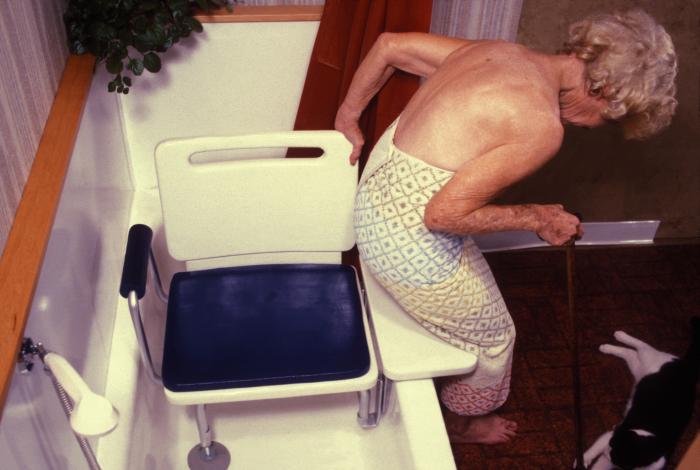
Post femoral neck fracture physiotherapy aims to improve strength and range of motion of the involved extremity. Establish independent gait without assistive device and minimize complications.
Objectives
- Increase strength of involved extremity to within functional limits.
- Improve range of motion to normal functional status.
- Establish independent gait without assistive device.
- Provide equipment and posthospital care as necessary.
- Coordinate care with other disciplines involved.
Fracture Neck of Femur: Introduction
This is probably the most common and most significant fracture in terms of morbidity, mortality and socioeconomic impact in developed countries (Reginster et al. 1999). Mortality afer fracture neck of femur is high; (Schurch et al. 1996) found that the 1 year death rate was as high as 23.8 percent.
Classifications
The following is the Garden classification of femoral neck fractures:
- Type 1- inferior cortex is not completely broken.
- Type 2- cortex is broken but there is no angulation.
- Type 3- some displacement and rotation of the femoral head.
- Type 4- complete displacement.
In addition, femoral neck fracture is classified by its location:
- Subcapital
- Transcervical
- Basicervical
- Intertrochanteric
- Subtrochanteric
Femoral neck fractures are extremely common in the elderly, often following falls, and most orthopedic units will have a number of these fractures at any one time. The bone’s architecture may have been so weakened that patients state they ‘heard a crack’ before they hit the ground. In other words, the fracture caused the fall, not the fall the fracture. Osteoporosis is often referred to as the silent epidemic as it may not present any clinical signs until fracture.
The resulting fracture is usually displaced with lateral rotation of the femoral shaft so that the leg will be laterally rotated in comparison with the other limb. Occasionally the fragments are impacted in slight abduction and the patient may be able to get up and walk after the injury. Displaced fractures will need operative fixation. The usual method is to excise the head and perform replacement arthroplasty using one of the metal prosthesis e.g. Thompson’s hemiarthroplasty. This is the method of choice for displaced fractures because of the dangers of avascular necrosis, and because of the benefits of early mobilization , which is so important in the frail.
An alternative method of fixation is a compression screw plate called a ‘ dynamic hip screw’- so called because it permits dynamic movement at the fracture site, which stimulates healing. Minimally displaced (e.g. Garden type 1) fractures may be managed by cannulated screw fixation.

